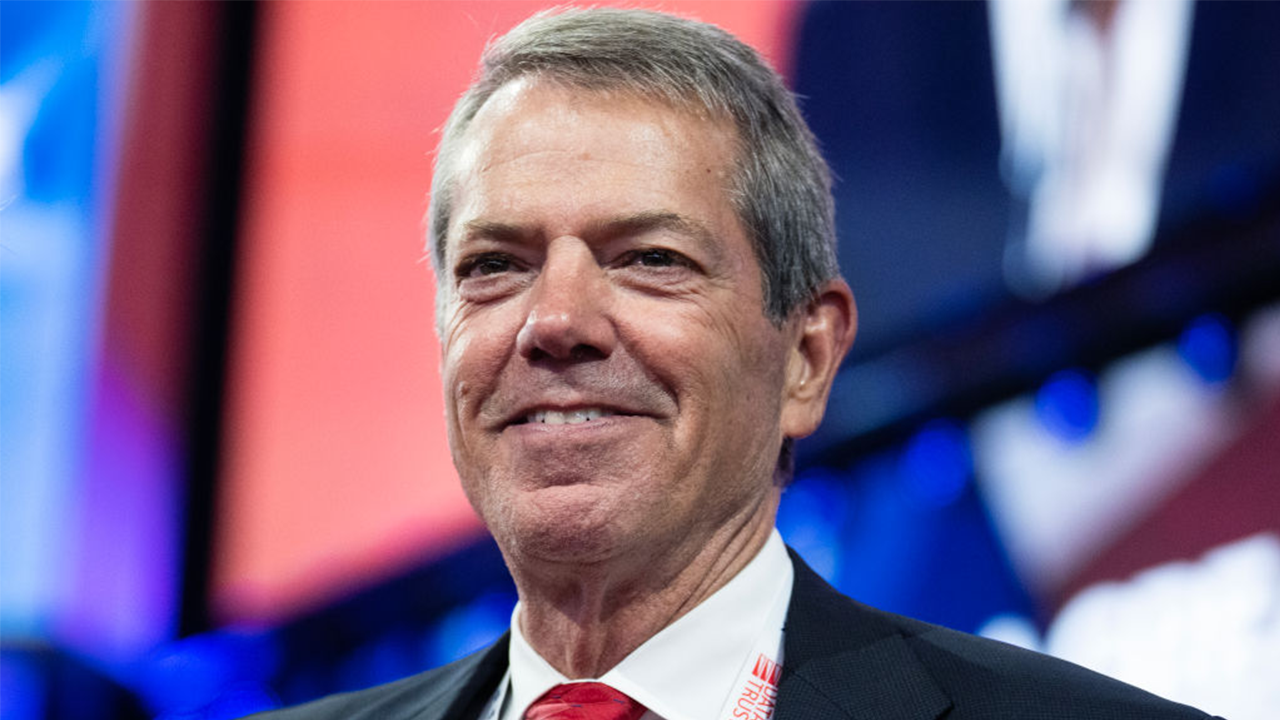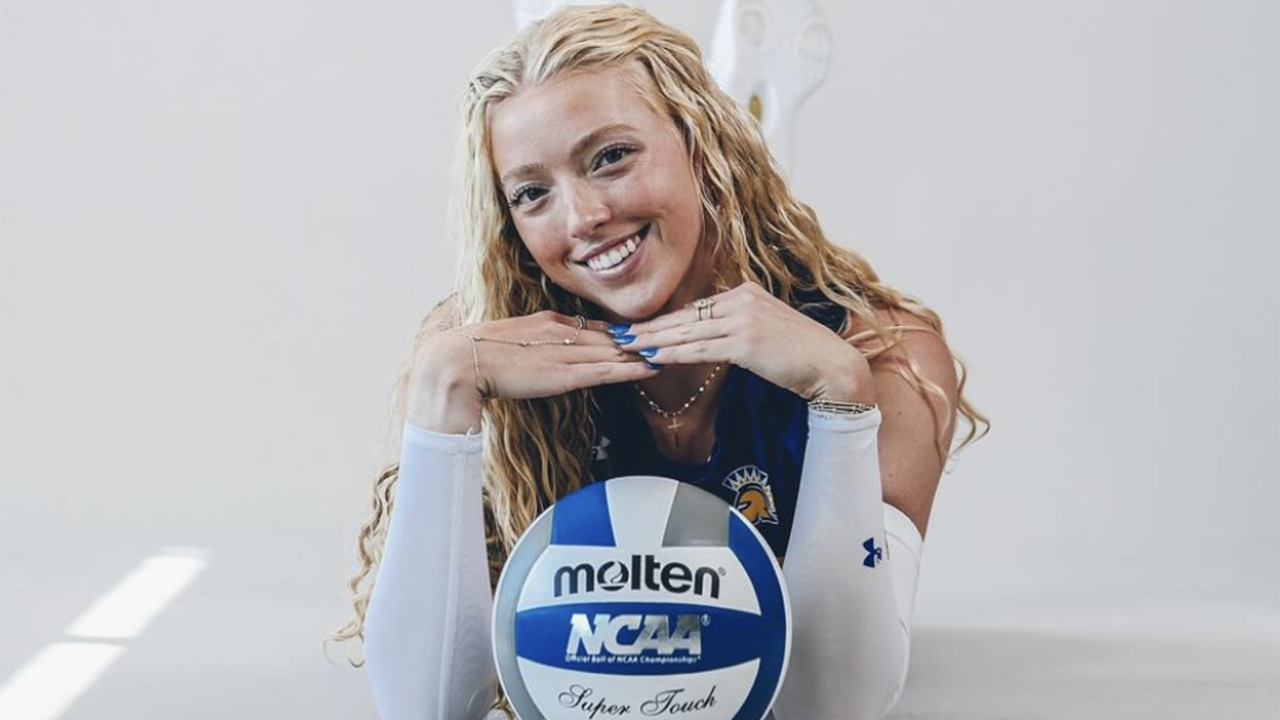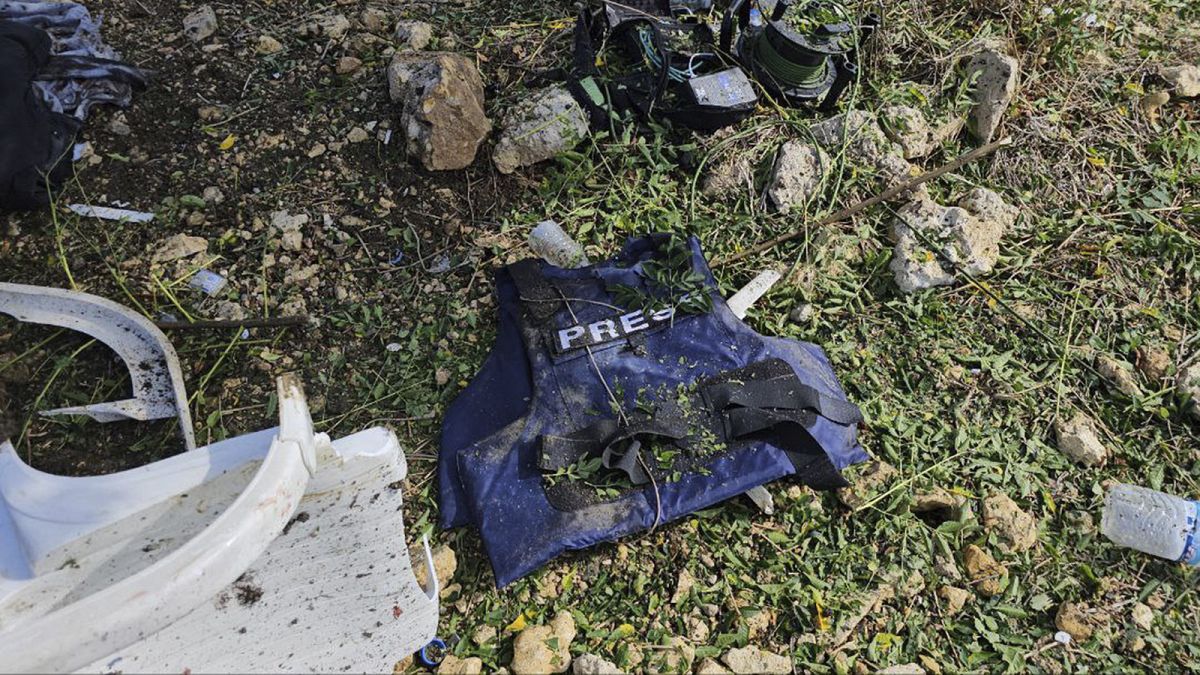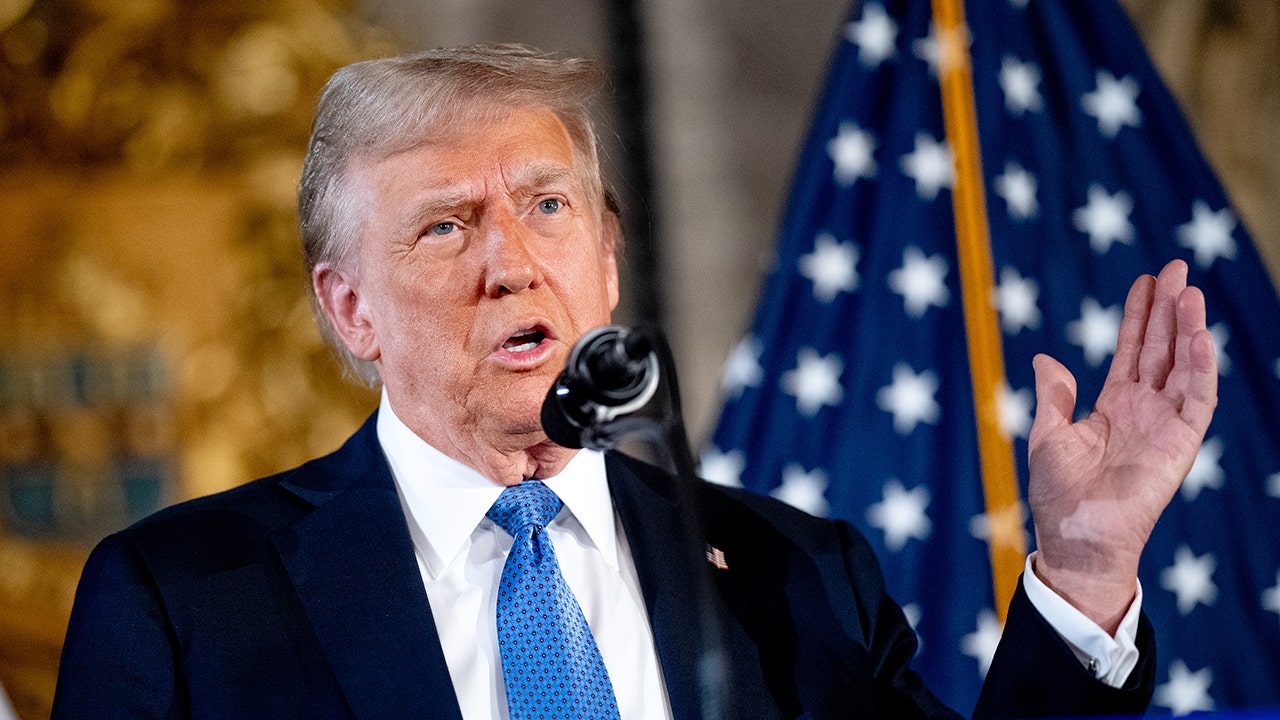Every school day, Jacob says, he makes choices: Limit how much water he drinks to avoid using the bathroom, stay quiet or risk his voice giving him away, eat or starve.
Liam’s day is filled with microaggressions, his father says — such as no one sitting by him on the school bus, or someone giving him a note that said “gay people should die.”
In January, both boys, transgender teens in Utah, were in the process of receiving gender-affirming medical care. That’s when Gov. Spencer Cox signed SB16, making Utah the first state in the country to ban all access to this care for minors.
As Utah and the nation celebrate Pride Month in June, transgender youths like Jacob and Liam navigate the day-to-day consequences of SB16 and similar bans that, according to the LGBTQ advocacy group Human Rights Campaign, have since passed in 18 other states.
To protect the safety of the children and their families, The Salt Lake Tribune has agreed to not identify the boys. “Jacob” and “Liam” are pseudonyms the boys chose.
Jacob, now 15, was taking gender-affirming hormones and using testosterone gel, and had his first appointment for plastic surgery days before Cox signed the bill. The ban, he said, crushed his hopes for getting “top” surgery in Utah.
Liam, 13, was receiving puberty blockers, which prevent changes that don’t match someone’s gender identity. His next shot was delayed, his mom said, because they had to find a new care provider. His original doctor feared litigation, she said, and stopped giving gender-affirming care to anyone under 18 — even though the law includes a “grandfather clause” for teens already in treatment, like Liam.
Sen. Mike Kennedy, R-Alpine, said in January that he sponsored SB16 to protect children from making irreversible changes to their bodies. “Our country is witnessing a radical and dangerous push for children to enter this version of health care,” he said. Kennedy did not respond to requests for comment for this article.
The law also directs the Utah Department of Health and Human Services to study hormone treatments for transgender youth and make recommendations about when such treatments should be allowed. Caring for children, Kennedy argued, means “asking some tough, complex questions.”
After signing SB16 in January, Cox defended his action on NBC’s “Meet the Press,” saying Utah would “push pause until we get better data. … If there is potential long-term harm for our kids, we need to find that.” Cox’s office did not provide comment for this article when requested.
But Jacob said he feels lawmakers who passed SB16 “don’t see you as a person, they don’t see how these bills impact you, or how this can affect your life or how you see yourself. They just see you as a hypothetical. It’s really hard to know that my government feels that way about me.”
(Leah Hogsten | The Salt Lake Tribune) Jacob, a 15-year-old transgender male, pictured at home on April 26, 2023 is looking forward to top surgery this summer.
Confidence to speak up
When Jacob was young, his mother remembered, he “was a really happy kid. Silly and goofy and smart.”
As soon as puberty hit, Jacob changed.
”There was more and more closing down. My child closed down, to the point of stopping eating and stopped participating in life,” she said. “… I didn’t know why my kid was so sad, wouldn’t talk to any of us, couldn’t just sit and be in our family and didn’t want pictures taken.”
Jacob, his mother said, would engage in self-harm before he came out, scratching and sometimes starving himself. He said his grades were horrible and he didn’t want to participate in extracurricular activities.
When Jacob told his mom that he was trans, the first thing the family did was take him to get a haircut. “I was finally able to look at a mirror and see myself for who I was,” Jacob said.
When he came out at school — with planning between the family and his school’s administration — Jacob’s mom recalled getting multiple calls a week from him, crying from the bathroom at school because somebody misgendered him.
Before he started on puberty blockers, his mom said, he wouldn’t speak to anyone outside of his house, “because then he would be automatically outed.”
Jacob’s mom noted that doctors ask the parent and child — together and separate — many questions before performing any gender-affirming care. His mom said she feels that SB16 goes against Utah’s reputation for supporting parental rights.
“It’s saying that we as parents don’t know what our kids need,” Jacob’s mom said, “[that] we are trying to push an agenda on our children that will hurt them, that these doctors and therapists have an agenda. I don’t think any of them have an agenda except for keeping these kids alive.”
Jacob began taking blockers before entering high school, and hormone therapy a short time after. When he took them, and people started accepting him as a boy, she said, he felt better and started speaking again.
”I can’t imagine what my life would be like if I couldn’t receive hormone therapy,” Jacob said.
“Just to know that people don’t perceive you and see you how you are and what you feel like — it makes you feel ostracized and alienated,” he said. “You feel like you just have no control over your body.”
Jacob said he now finds joy at a transgender summer camp he attends, and in small moments with his family, his friends and support groups. He cares for his pets — three rats, two dogs and a family cat — and he’s interested in music and language. The once-silent kid joined the debate team.
Jacob’s family members said they want people to know the daily realities of being a transgender teen. Once, when he went to a play, Jacob said, he heard people behind him arguing about transgender people.
”I’ll hear people around me a lot talking about whether or not I’m real, basically,” he said. “There’s some people who won’t talk to you, if they know you’re trans, and I’ve experienced that.”
And he can’t participate in physical activities without a chest binder, which can be compressive, causing shortness of breath and chest pain. Jacob can’t swim, and he said he had been looking forward to learning this summer, once he had his top surgery.
His surgery is now scheduled out of state, in mid-June. For a long time, he wanted to go to college at the University of Utah, but things have changed.
“I don’t want to live in Utah anymore, because it doesn’t feel safe for me,” he said. “I don’t want to live in a place where I might constantly have to deal with laws that are talking about whether or not I can simply exist.”
Finding his place
Liam, now 13, came out at age 9, after he and his family attended the 2019 LoveLoud Festival, the annual music event launched by Imagine Dragons frontman Dan Reynolds to show support for LGBTQ+ youth and their families. Liam said he recalls the sense of belonging he felt, especially when he heard the pop singer Kesha perform her hit “Tik Tok.”
“Sometimes you feel like you don’t belong in one place, and then you find a piece of yourself and it just kind of feels rewarding,” he said.
Looking back, his mom said, the biggest clue was when Liam had to draw a self-portrait as a school assignment in the second grade.
“At that time, he had super-long hair,” his mother said. In the portrait, though, “it was boy-cut hair, a collared shirt, the whole thing. … It’s probably because [he] did not have the vocabulary to be able to communicate how [he] felt differently.”
(Leah Hogsten | The Salt Lake Tribune) Liam, a 13-year-old transgender boy draws in his room, April 27, 2023. Liam came out at the age of 9 after attending a LoveLoud Festival in 2019 with his family.
These days, Liam enjoys anime and working on school theater productions. He is soft-spoken, but when he speaks about dark times he has been through, he sounds resilient, if not a little exhausted for a 13-year-old.
He doesn’t draw much any more, but his collection of drawings from early middle school are kept pristine. Many of them are full of rainbows and bright colors, and focus on themes of acceptance through the lens of his favorite anime and YouTube series characters.
Though Liam’s blocker injections are grandfathered in by SB16, Liam’s mom, who works in the medical field, said, “Grandfathering means nothing when you create this many obstacles for us to receive care.”
One such obstacle is finding a provider near them who’s supportive — not an easy task in Utah, the family noted. At one of Liam’s first appointments, a physician told the family, “‘Oh, this is just what kids do to fit in with the cool crowd.’”
“If you know that your child is trans, and they know that they’re trans,” Liam’s mom said, “forcing [them] to go through their biological puberty and to have those permanent changes — when you know that that is not who you are on the inside — that is absolutely cruel.”
Liam said he was happy to get on blockers, because “I didn’t really want to go through girl puberty. That’s not how I felt. I just want people to accept me for who I am.”
At his home, his siblings, parents and a grandparent have crafted a loving, supportive environment where Liam can just be himself. On their fireplace mantle sits the “Everyone Is Amazing” Lego set — which depicts minifigures in all the colors of the LGBTQ+ spectrum.
(Leah Hogsten | The Salt Lake Tribune) Liam, a 13-year-old transgender boy draws in his room, April 27, 2023. Liam came out at the age of 9 after attending a LoveLoud Festival in 2019 with his family.
The family said Liam’s school has tried to be accommodating and inclusive, but those accommodations are made to make others feel comfortable. When Liam is bullied, he is moved to different spaces, they said, forced to leave class early so he can make it safely to the next one.
Before Liam was living as a boy, his class was split before a field trip into two smaller groups — boys and girls, making the trip a gendered activity. The school said each child could choose from one of two stacks of papers, one pink and one blue. When Liam picked a blue paper, his classmates noticed and started spreading rumors.
“People believe kids like him don’t exist,” Liam’s mom said. “Most people go to school, and they just get to go there, learn and hang out with their friends. … Every day is a challenge for him at school.”
In their neighborhood, where the The Church of Jesus Christ of Latter-day Saints faith is dominant, the family struggles to feel accepted after leaving the church.
They live in an area settled by some of the family’s great-grandparents. When asked if they would move to another state, Liam’s dad said, “I have just as much of a stake here as anybody else. … Why do I have to leave? But then again, do we make my kid pay that price?”
Liam’s dad said that when Cox vetoed a ban on transgender athletes in high school sports in 2022, it felt like the governor was on their side. Now, he said, it’s like a “complete slap in the face.”
“They’re playing politics with my kid,” Liam’s father said.
(Trent Nelson | The Salt Lake Tribune) People gather at a rally in support of transgender youth at the Capitol building in Salt Lake City on Tuesday, Jan. 24, 2023.
‘They just feel stuck’
C Meyer runs the transgender, nonbinary group at the Utah Pride Center, and is a clinical intern at Flourish Therapy. A majority of her clients are transgender, and she said she has seen a sense of hopelessness in them since Cox signed SB16.
“They don’t want to leave the house. They get bullied at school,” Meyer said. “Without hormones, they just feel stuck, hopeless. Their depression, self-harm, suicidal ideations increased.”
Some 1,400 Utahns between the ages of 13 and 17 identify as transgender — about 0.5% of the number of Utahns in that age group, said Dr. Nicole Mihalopolous, who runs the adolescent program for the Transgender Health Program at the University of Utah. She delivered the statistic to the Utah Legislature in written testimony during a 2021 interim committee session.
“Gender-affirming genital surgeries are NOT performed on minors under 18 years regardless of emancipation status,” Miahlopoulous wrote to the committee. “Top surgery, also called chest masculinization surgery, is rare. The average age is 17 years. These patients are the highest risk for serious mental health outcomes if they wait to have surgery until after 18 years of age.”
This type of affirming care has been happening for 60 years in the United States, and major medical associations — including the American Psychiatric Association, American Academy of Pediatrics and American Medical Association — show support for gender-affirming care.
As a therapist, Meyer said she feels helpless because there’s only so much “talk therapy” can do. “They just want to be how they feel on the inside and have that be presented,” she said.
Meyer said she thinks lawmakers don’t understand that “prohibiting this care doesn’t simply delay treatment, it generates lifetime consequences.”
In its 2022 National Survey on LGBTQ Youth Mental Health, The Trevor Project — a nonprofit that focuses on suicide prevention among LGBTQ+ youth — found 93% of transgender and nonbinary youth expressed worry about trans people being denied access to gender-affirming care because of state or local laws.
In The Trevor Project’s 2023 survey, 65% of youth who were taking gender-affirming hormones were concerned about losing access to them.
Other research has found access to gender-affirming care saves lives, and lowers the risk of suicidality — thinking about or attempting suicide. One study found that during the first year of gender care, odds of self-harm fell by 73%.
At January hearings for SB16 in Utah Senate and House committees, lawmakers heard support for the ban from Chloe Cole, a California teen who transitioned from female to male, and then transitioned back. “My childhood was destroyed for the sake of medical experimentation,” said Cole, who later told her story to other state legislatures considering their own bans.
Lawmakers also heard from Utah transgender teens and parents of trans kids who testified against the ban — saying it would let the government interfere with a personal medical decision. During the House hearing, about 200 people rallied outside the Utah State Capitol, waving pink-white-and-blue flags in support of trans youth.
Shannon Minter, a lawyer and legal director of The National Center for Lesbian Rights, said his organization and the American Civil Liberties Union of Utah are planning to file a lawsuit against the state to challenge SB16.
Minter — a transgender man who has been involved in such high-profile cases in Utah as opposing conversion therapy and advocating for marriage equality — said he expects the ban, and ones like it across the country, to be declared unconstitutional. The U.S. Department of Justice in April filed a challenge against Tennessee’s ban, on the grounds that it violates the Fourteenth Amendment’s Equal Protection Clause.
“If the Legislature truly believes this care is harmful, why do they allow children who are already diagnosed to continue receiving that?” Minter asked. “It’s completely contradictory.”

























/cdn.vox-cdn.com/uploads/chorus_asset/file/25789444/1258459915.jpg)

/cdn.vox-cdn.com/uploads/chorus_asset/file/25546252/STK169_Mark_Zuckerburg_CVIRGINIA_D.jpg)

/cdn.vox-cdn.com/uploads/chorus_asset/file/23951353/STK043_VRG_Illo_N_Barclay_3_Meta.jpg)
/cdn.vox-cdn.com/uploads/chorus_asset/file/24924653/236780_Google_AntiTrust_Trial_Custom_Art_CVirginia__0003_1.png)